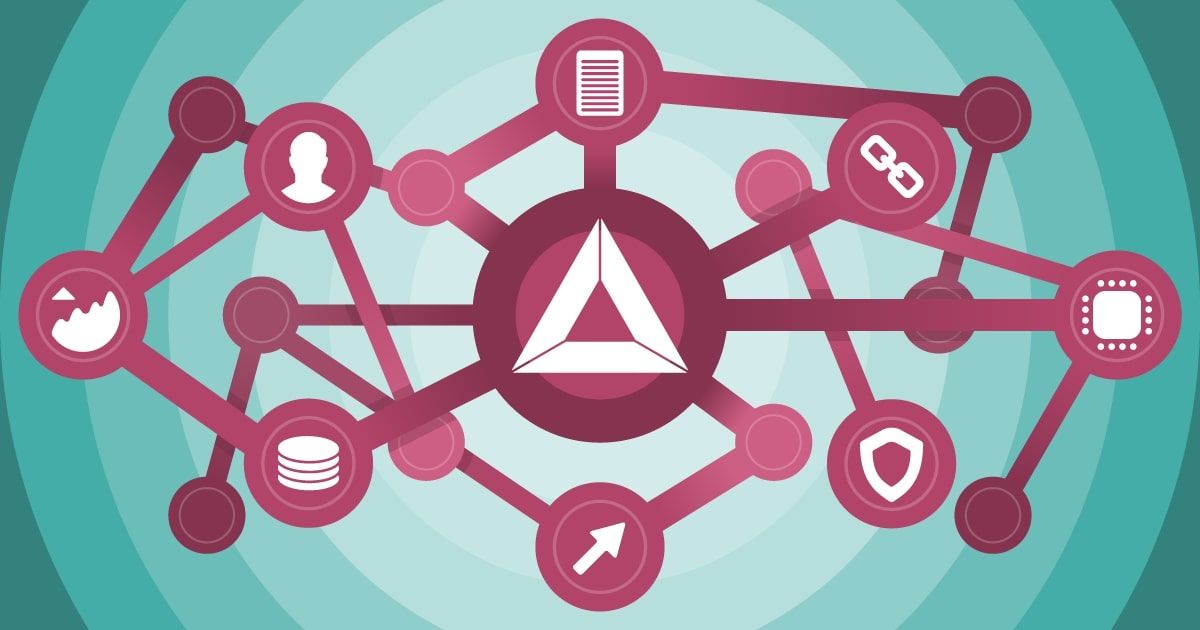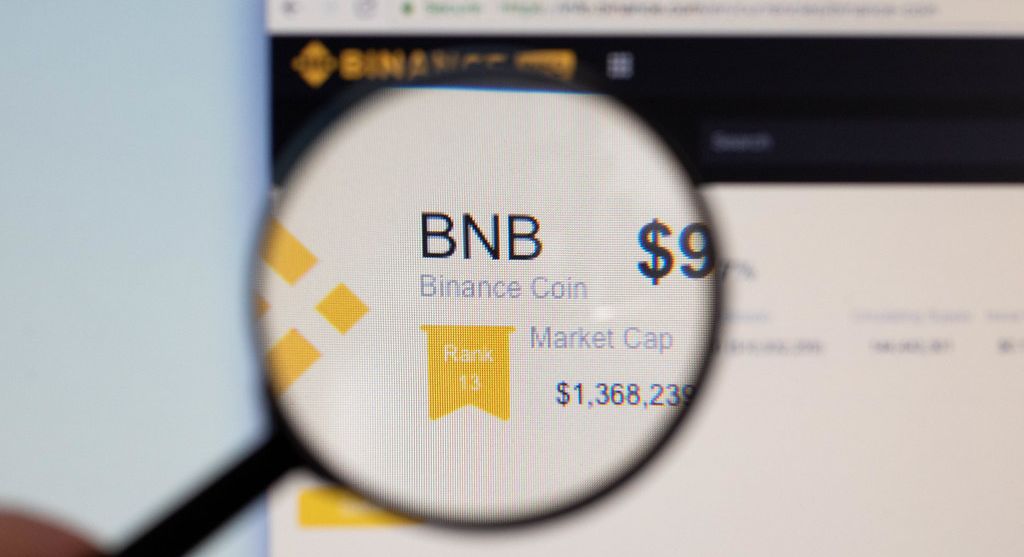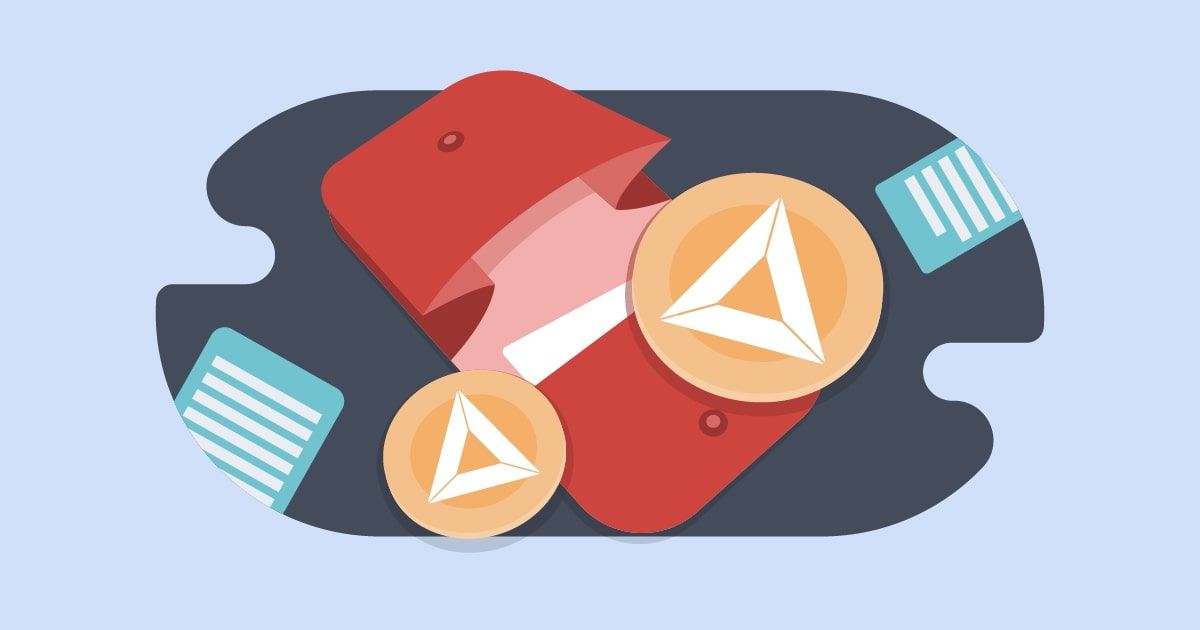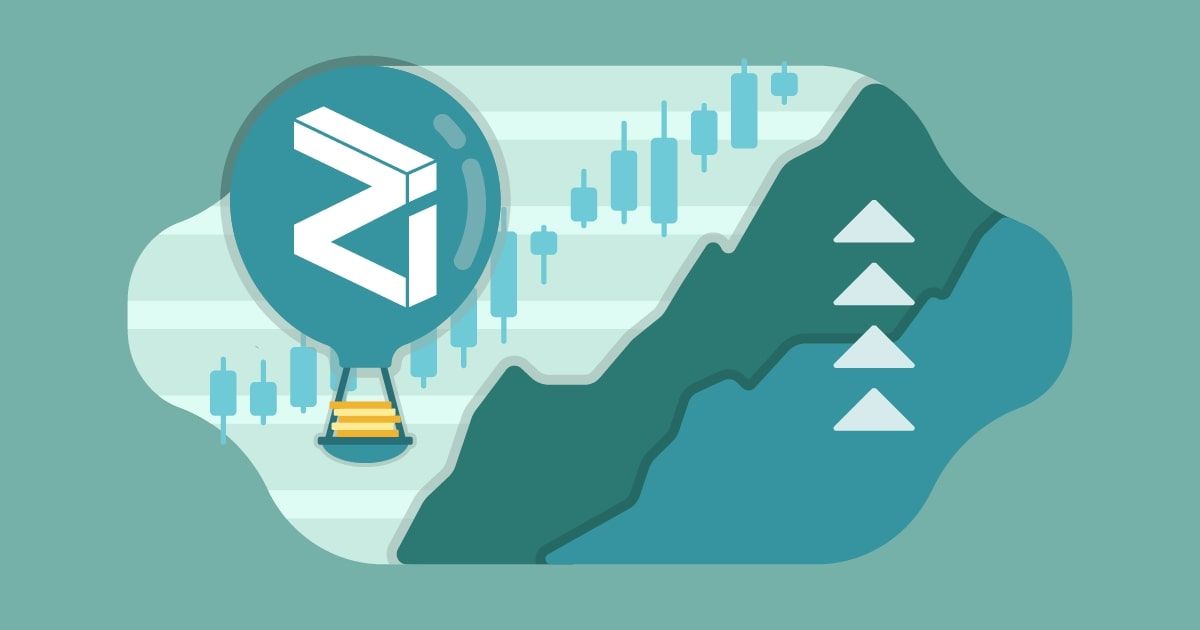Cryptocurrencies hold value and can be bought or sold, but this isn’t where things end. There are many categories that a crypto can fall into, one such category being utility tokens.
So, what is a crypto utility token, and what is its purpose?
What Is a Crypto Utility Token?
A crypto utility token goes beyond store-of-value alone. This kind of token is commonly issued in an initial coin offering (ICO), when a company or project is in its infancy and is looking for financial support. For a startup to raise capital, investors must be offered an incentive if they aren’t going to be given a stake in the company.
This is the core purpose of utility tokens. If a company becomes successful, the utility tokens it initially issued will gain value and can be spent within its network or ecosystem. In a sense, you could consider utility tokens something of a marketing tactic.
Utility token holders can also access special treatment and perks in return for their purchase, such as early access to the project, extra features, better staking returns, and so on.
It’s important to remember that utility and security tokens are not one and the same. While utility tokens act as an incentive, security tokens offer investors an actual stake in a company. They’re essentially proof that an investor owns part of the company in question.
Additionally, utility tokens do not represent a real investment, while security tokens do because there’s no guaranteed return or ownership involved in the purchase of utility tokens. They’re more like access codes or vouchers than anything else. And in both cases, investments can just as easily fall as rise, so always do your due diligence and never invest more than you can afford to lose.
There’s also a notable difference between utility and governance tokens. While governance tokens do have utility as voting tokens within an ecosystem, they’re not strictly classified as utility tokens because they’re not issued during an initial coin offering and don’t provide any kind of exclusive perks or discounts. Governance tokens are solely used to vote on a network’s decisions and direction.
Examples of Utility Tokens
Utility tokens are by no means uncommon in the crypto industry, but a select few have gained a fair amount of traction in the market.
Binance Coin (BNB)
Binance Coin is the native coin of the Binance ecosystem, which consists of two blockchains: the BNB Beacon Chain and the BNB Smart Chain. Binance Coin can be used on both of these blockchains as a form of payment, be it for transaction fees, games, governance, or even charity donations.
BNB was created and issued in 2017 during Binance’s initial coin offering. At the time, 20,000 BNB had the same value as 1 BTC, or 2,000 ETH. Since then, Binance Coin’s price has risen, and 1 BNB is now worth over $300. So, in this case, those who bought the utility tokens at their initial launch would have made a nice profit (so long as they held onto their BNB until the price boomed in 2021).
Basic Attention Token (BAT)
Basic Attention Token is an ERC-20 token developed on the Ethereum blockchain. BAT is used to track usage time and surfing habits on the Brave browser. The initial coin offering of BAT took place in 2017 and was made available to advertisers and publishers in order to analyze and improve the way they interact with Brave’s users.
BAT can also be used as a form of payment by advertisers within the Brave ecosystem to pay for various services. Users can also be rewarded in the form of BAT for watching advertisements, so it’s a win-win on both ends. Users can then buy and sell their BAT like any other cryptocurrency on a decentralized exchange.
Alternatively, BAT holders can give their favorite content creators some funds within the Brave browser. BATs price aside, its uses within Brave’s ecosystem are numerous, and it serves and benefits customers and business owners alike.
Zilliqa (ZIL)
The Zilliqa network is fast becoming a top choice for building decentralized projects, staking coins and tokens, minting or buying NFTs, and so much more. Zilliqa’s use of blockchain sharding (or splitting) makes it particularly attractive, allowing it to scale more efficiently.
Zilliqa’s native coin, ZIL, was launched in 2017 during the company’s initial coin offering, with its issuance raising over $20 million in funding. Like BAT, ZIL has a very low price compared to some other utility tokens but has a pretty large trading volume and market cap, representing its prevalence within the crypto market and the number of projects built using its blockchain.
Remember the governance tokens we talked about earlier in the article? Zilliqa also has a governance token, known as gZIL, which exists separately from the ZIL utility token. Those who own gZIL on a long-term basis can have their say in Zilliqa’s future through the network’s voting system.
Are Utility Tokens Risky?
There’s no doubt that utility tokens can become incredibly popular and amass large amounts of value, but are they reliable?
One thing to remember about utility tokens is that they are not as tightly regulated as security tokens, which exposes buyers to the risk of financial losses. If the company that issued the utility tokens ends up failing or not doing as well as expected, this could cause financial loss for those who decided to buy a portion during the initial coin offering.
Because utility tokens aren’t very regulated, the door is opened to scammers who want to make a quick buck by selling people an idea or concept that will never come to fruition. If an individual thought that a project had potential and bought some of the utility tokens issued by said project, they run the risk of losing everything they’ve spent if the project turns out to be some kind of rug pull scam. During the cryptocurrency ICO boom, new projects appeared daily, with hundreds being scams.
It’s also worth noting that the majority of utility tokens are ERC-20 tokens, meaning they were built and exist on the Ethereum blockchain. Ethereum’s biggest downside is its gas fees, which can get pretty hefty. This could certainly be considered a frustrating factor when selling utility tokens, as a chunk of your profits will be subtracted to pay these gas fees. There are ways to reduce your gas fees, but none are guaranteed to work all of the time.
Lastly, utility token holders do not have any say in what happens to the company. Utility tokens do not represent ownership, so while individuals who buy them may financially benefit if the company succeeds, they will never harbor any decision-making power. Security tokens can offer this, but never utility tokens.
Utility Tokens Have Their Uses But Can be a Risky Buy
There’s no denying that security tokens have proven useful and successful. Many crypto startups have benefited from the issuance of utility tokens, and buyers are always in with a chance of making a healthy profit in such cases. But utility tokens have their pitfalls and uncertainties, so it pays to be vigilant about what exactly you’re buying if you’re interested in this kind of cryptocurrency.
Read Next









